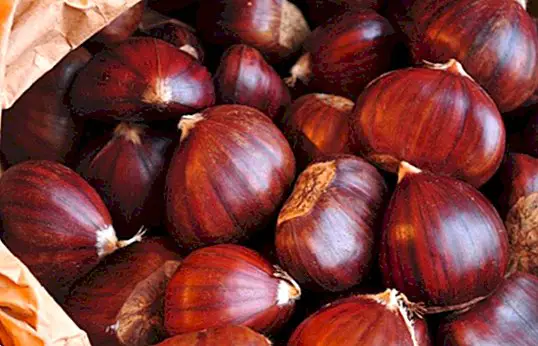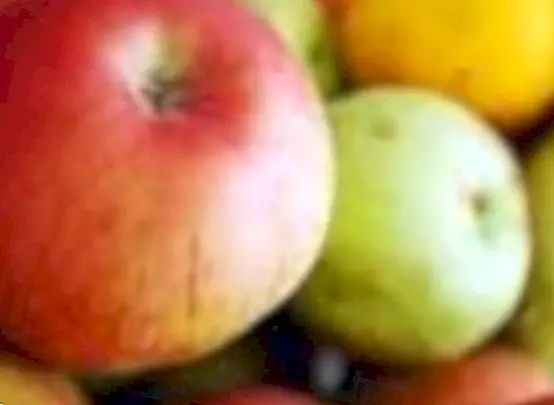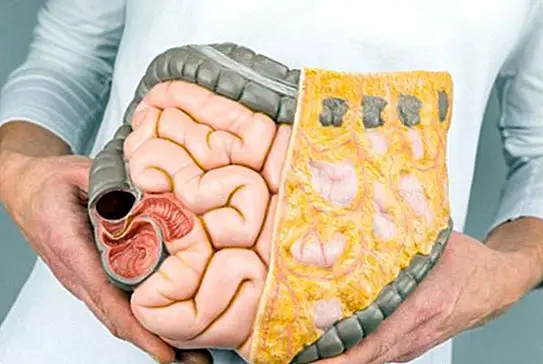Why your children's breakfast cereals are not as healthy as you think
Just visit a supermarket and take a walk through the corridor where the breakfast cereals, to realize the wide variety of brands and types that exist today. For adults, for diets, against constipation, for women, for children ...
The truth is that the world of breakfast cereals is probably one of the widest and most varied that exist, but although in the same packaging or box they tell us that we are facing apparently healthy cereals, due to the fact that they are rich in fiber or low in fat, the reality is quite different: we must look at the nutritional labeling to realize the incredible amount of sugar they contain. 
But very few people are really aware of it. An example are the breakfast cereals for children. If you have children, it is quite likely that if you opened your pantry I would find inside with cereals specifically bought for them: Golden Grahams, Smacks, Choco Krispies, Chocapic ... And one of the worst: Frosties (yes, those cereals that besides containing sugar in excess for more inri batter in more sugar). But let's go in parts.
What are breakfast cereals?
Breakfast cereals consist of a packaged food product (very well packaged and designed to attract consumers I would say), which are derived from different cereals such as corn, rice or oats, which as a result give corn flakes, rice flakes or rolled oats, which are consumed with cold or hot milk at breakfast.
The promotion of this type of cereals is aimed at both adult public and children, so that in the packaging of children's cereals we will find striking colors and drawings with which they try to get their attention.
The problem of breakfast cereals: its high sugar content
But there's a problem: Most breakfast cereals made for children are sweetened or flavored with honey, glucose syrup, so that although they are apparently "healthy" options because they are made from cereals, the reality is quite different: its sugar content make them a authentic pump very little suitable for children.
In fact, did you know that about half of what we find in a cereal box is actually sugar? Moreover, in a bowl of cereal we will find 13 grams of sugar (the amount equivalent to two envelopes). 
As you surely know, in the list of ingredients that you will find in the nutritional labeling of any food product, these tend to be organized in order according to the quantity that has been used for its preparation.
Well, let's do a test. Grab some of the commercial breakfast cereal boxes that you have at hand right now and check out their list of ingredients. Surely you will be surprised to find sugar, glucose syrup and some other sweetener at the top of the list. You know why? Indeed, because it contains a very high content of sugar.
And, what is even more evident, you can notice its high sugar content when you analyze its nutritional composition, for example analyzing how many carbohydrates correspond to sugars.
Let us make an analysis at this time regarding the composition of breakfast cereals most consumed by today's children by the smallest each day (data per 100 grams, obtained from the information provided by the brands in their own packages or in your Web pages):
BRAND CEREAL | ENERGY (kcal) | CARBON HYDRATES (Of which sugars, g) | |||
Frosties | 375 | 35 g | |||
Choco Krispies | 387 | 35 g | |||
Chocapic | 389 | 28.7 g | |||
Smacks | 381 | 43 g | |||
Rice Krispies | 384 | 8 g (77 g of starch) | |||
Honey Pops | 383 | 28 g | |||
Golden Grahams | 381 | 25.1 g | |||
Nesquik | 381 | 25.2 g | |||
Little stars | 399 | 24.7 g | |||
Cheerios | 377 | 24.5 g | |||
Crunch | 403 | 24.9 g |
That is, as we see, all the breakfast cereals for breakfast that you find in your supermarket contain a very high amount of sugar. And do you know what sugar does to you and your children? Each time these cereals are consumed, their high content of carbohydrates in the form of sugars cause a peak in the hormone insulin, responsible for the glucose to become fat. 
However, after one hour the glucose decreases suddenly, which causes a greater appetite, bad mood and dizziness. Indeed, that's why your son tends to be irritable and in a bad mood shortly after eating breakfast cereals ...
The result is even more dangerous, because if your children consume these breakfast cereals daily, after a few years they could suffer from overweight and obesity, and what is even worse: have a higher risk of suffering from type 2 diabetes. Yes, the same diabetes that is increasing dangerously in recent years among children.
What is the solution?
The solution is more than obvious: throw away each and every one of the boxes of breakfast cereals that you have right now in the pantry, and never buy them again. But that does not mean your children are left without breakfast. Do you know that there are much healthier, healthier, and ideal nutritious options for the little ones in the house?
In fact, if your children love cereals, why not take advantage of it and opt for healthier recipes? An example is the big wave, a very complete food made with oat flakes and nuts, mixed with seeds, raisins and honey. 
Or the porridge, a wonderful dish made with oats, soft and creamy texture and that you can sweeten with other healthier options if you wish (for example the panela It is a good choice). This article is published for informational purposes only. You can not and should not replace the consultation with a Nutritionist. We advise you to consult your trusted Nutritionist. ThemesBreakfast



